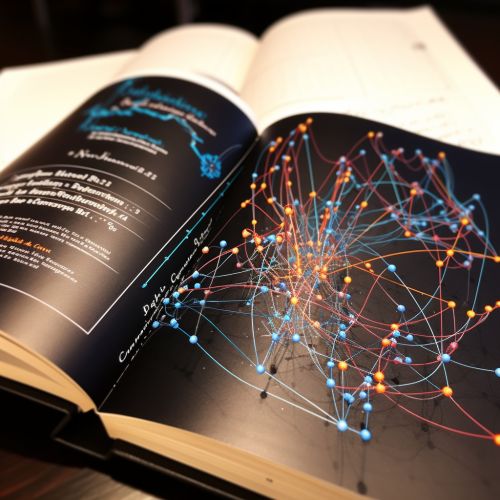Infinitesimal Calculus
Introduction
Infinitesimal calculus, also known as differential calculus and integral calculus, is a branch of mathematics that deals with infinitesimals and the mathematical operations that can be performed on them. It is a fundamental part of the mathematical field known as calculus, which is used in a wide range of scientific and engineering disciplines.


History
The concept of infinitesimals can be traced back to the ancient Greeks, but the modern formulation of infinitesimal calculus was developed in the 17th century by Isaac Newton and Gottfried Leibniz. Their work laid the foundation for many of the mathematical techniques used in physics, engineering, and other scientific fields today.
Infinitesimals
An infinitesimal is a quantity that is closer to zero than any positive real number, but is not zero itself. In the context of infinitesimal calculus, infinitesimals are used to model quantities that are continuously varying or that have an infinitely small change.
Differential Calculus
Differential calculus is the branch of infinitesimal calculus that deals with the concept of a derivative, which measures how a function changes as its input changes. The derivative of a function at a given point is a measure of the rate at which the function is changing at that point. This is often represented as the slope of the tangent line to the function at that point.
Integral Calculus
Integral calculus, on the other hand, is concerned with the concept of an integral, which is a measure of the total accumulation of a quantity over a range. The integral of a function over a range is the area under the curve of the function over that range.
Applications
Infinitesimal calculus has a wide range of applications in various fields of science and engineering. It is used in physics to model the motion of particles and the behavior of fields, in engineering to design and analyze systems and structures, and in economics to model and analyze economic systems.
